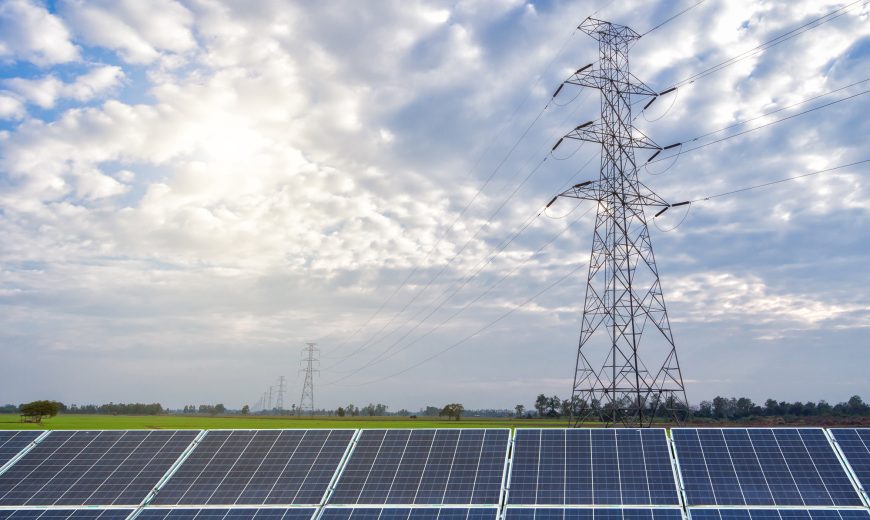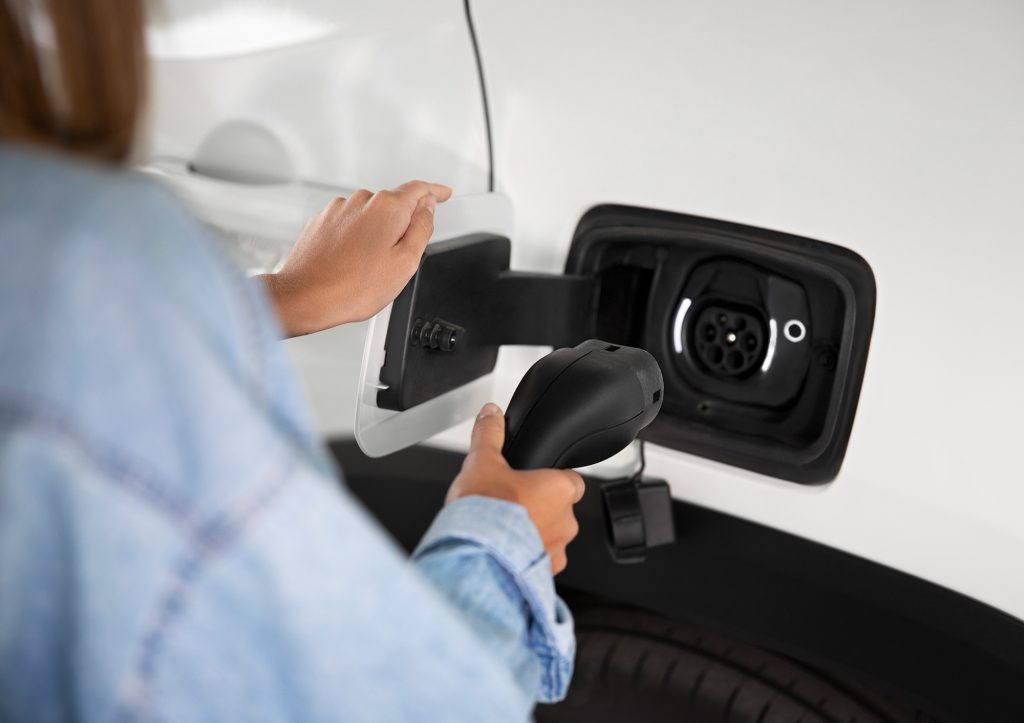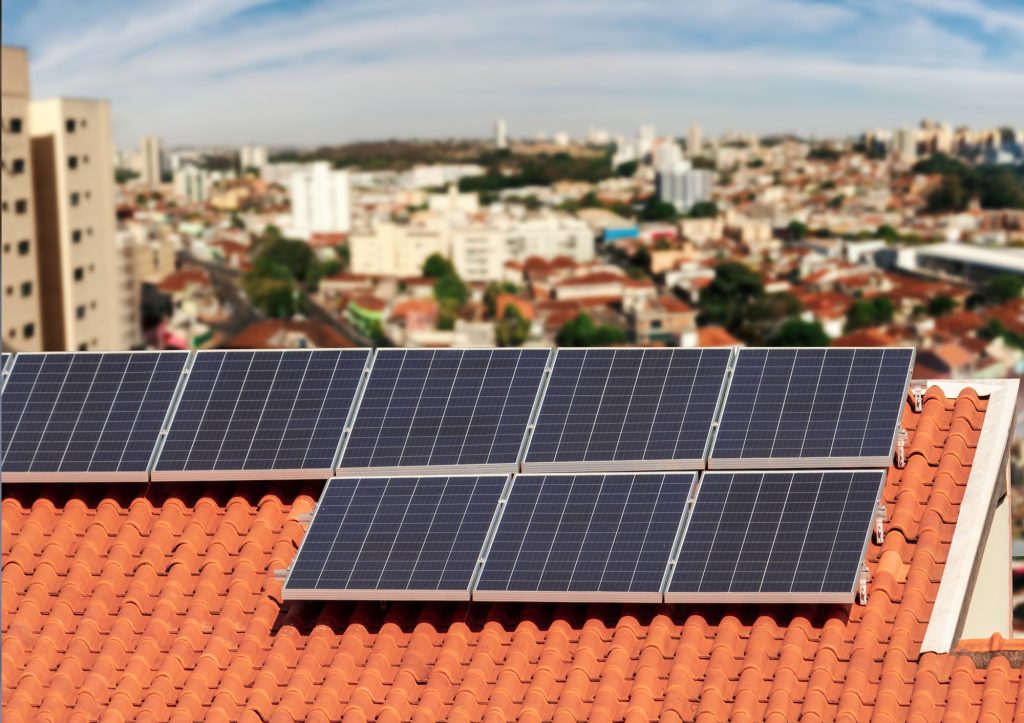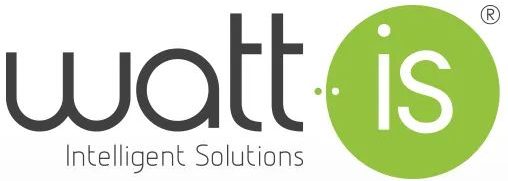
Fact: “To achieve the environmental targets established internationally, we need to integrate new renewable energy sources in our energy mix.”, International Renewable Energy Agency (IRENA) (2020)
Global Renewables Outlook: Energy Transformation 2050. IRENA
Accepting this fact as one of the main development drivers we need to pursue, with the increased integration of renewable energy sources into the grid (which are often variable and unpredictable), coupled with a pronounced cross-sector electrification with the incorporation of EVs, heat pumps and other loads, Distribution System Operators (DSOs) are facing new challenges in managing the electricity grid.
As more consumers adopt EVs, the demand for electricity, particularly during peak charging times, rises sharply. Similarly, heat pumps, which replace traditional biomass heating systems and are penetrating for cooling needs, add a continuous and often high demand for electricity, especially in climates with higher temperature amplitudes. These additional loads create added stresses into the existing grid infrastructure, potentially causing overloads, voltage drops, and other operational issues that, if not managed in a smarter way, will inevitably force the allocation of significant CAPEX expenditures on grid upgrades and reinforcements.

However, these are not the only changes that are occurring simultaneously in the energy landscape that impact DSOs. The distribution grid, originally designed to support a unidirectional energy flow, is already being called to manage new bi-directional energy flows due to the increased installed capacity from decentralized renewable energy sources and with the development of Renewable Energy Communities (REC) that seek to further engage consumer participation in the ongoing Energy Transition process by allowing consumers to “virtually” share renewable energy production surplus with their neighbors.
Despite bringing new challenges to grid management operations, RECs have the potential to support and optimize grid operation at different levels. One of the primary ways RECs contribute is through the decentralized generation and consumption of renewable energy. By promoting decentralized renewable energy (from sources such as solar or wind), RECs reduce the load on the grid, minimizing the need for extensive long-distance transmission. This localized generation helps stabilizing the grid, as the energy demand can be met closer to where it is used, reducing congestion and losses in the transmission network. Furthermore, by having control over their energy production, RECs can adjust their generation or consumption patterns to support grid needs, such as by increasing output during peak demand periods or reducing consumption when there is excess supply.
In addition to generating renewable energy, RECs can incorporate energy storage systems and Demand Response (DR) strategies, which are crucial for providing flexibility services to the grid. Energy storage systems, such as batteries, can store excess energy produced during periods of low demand and release it during high-demand periods, thereby smoothing out fluctuations and maintaining grid stability. DR programs enable RECs to shift or curtail their energy usage in response to signals from DSOs, helping to balance supply and demand dynamically. By participating in such programs, RECs can reduce the strain on the grid during peak times, enhance the integration of variable renewable energy sources, and mitigate the risk of outages or the need for expensive and carbon-intensive peaking power plants, while generating new revenue streams for REC participants.

Moreover, the aggregation of resources within RECs offers a unique advantage for DSOs. By pooling together various renewable energy producers, storage systems, and flexible loads, RECs can provide a reliable and dispatchable source of flexibility. This aggregated approach allows DSOs to engage with a single entity rather than numerous individual actors, simplifying coordination and enhancing the efficiency of grid management.
All the scenarios described above have one thing in common, that is an energy grid managed in a much smarter way and this is only possible via the adoption of AI-powered data analytics services that leverage on DSO collected smart metering data and that will play a vital role as an enabler of the ongoing energy transition process.
Artificial Intelligence (AI) has the potential to revolutionize the management of electrical grids, and particularly RECs, by optimizing all energy flows that may exist (consumption, production and storage) in such a way that maximizes the benefit to all REC participants.
For instance, based on predictive analytics from historical energy consumption and production data, weather forecasts and energy tariffs of REC participants, AI-powered data analytics can support optimizing the energy sharing that should occur among REC participants (between producers, prosumers, consumers and/or storage units) as a way to maximize the benefit that is generated within the REC. Should regulation allow it, AI & data analytics can also enable the existence of peer to peer (P2P) markets and will make possible the optimization of bilateral negotiation, or auction-based mechanisms, among others.
AI-powered systems can continuously monitor the status of the grid and the performance of various energy resources. They can detect anomalies or potential issues in real-time, allowing for swift corrective actions. For instance, if a sudden drop in solar power output is detected due to cloud cover, AI systems can automatically adjust the output from other sources or deploy DR measures to maintain grid stability. This dynamic response capability is vital for preventing disruptions and managing grid constraints effectively.
Moreover, AI facilitates the optimal dispatch of distributed energy resources (DERs) and flexibility services. In renewable energy communities, numerous small-scale energy producers and consumers are interconnected. AI can optimize the coordination among these DERs, ensuring that energy is used most efficiently and cost-effectively. For example, AI can determine the best times to store excess energy in batteries or to discharge it back into the grid based on real-time data and predictive models. This optimization not only helps in balancing supply and demand but also maximizes the utilization of renewable energy.
AI can enhance demand-side management, empowering consumers to participate actively in grid operations. Through smart devices and home energy management systems, AI can provide recommendations and automate responses to grid signals. Consumers can be incentivized to shift their energy usage to off-peak times or to reduce consumption during peak periods, contributing to grid flexibility. By engaging consumers in this way, AI helps in creating a more resilient and adaptive energy system that can handle local grid constraints more effectively.
By predicting fluctuations in energy generation and demand, AI helps in planning and scheduling flexibility services in advance, ensuring that the grid can accommodate the variability without compromising stability.
Lastly, AI-powered data analytics, leveraging on the smart metering data that fuels RECs, also enable the delivery of personalized information such as the identification of energy expenditure per appliance and quantified recommendations focused on energy efficiency (such as the identification and proposed substitution of inefficient appliances, time-of-use recommendations, the optimal energy tariff to adopt, etc.) that help household owners to reduce their energy bill.
In a nutshell, AI offers numerous benefits to renewable energy communities. Its capabilities in predictive analytics, real-time monitoring, optimal dispatch of DERs, and demand-side management collectively address the challenges of integrating variable renewable energy sources into the grid. By leveraging AI, renewable energy communities can promote energy efficiency and contribute towards a smarter grid, improving grid stability, efficiency, and reliability, ultimately supporting the broader transition to a sustainable energy future.
Subscribe our Newsletter
Know more about "watt" we do
Our newsletter will keep you informed about all the latest happenings, upcoming events, exciting projects and developments. You’ll find it all in there.
Join us on this electrifying journey! You can easily unsubscribe at any time.

Copyright © 2022 Watt-IS. All Rights Reserved.

